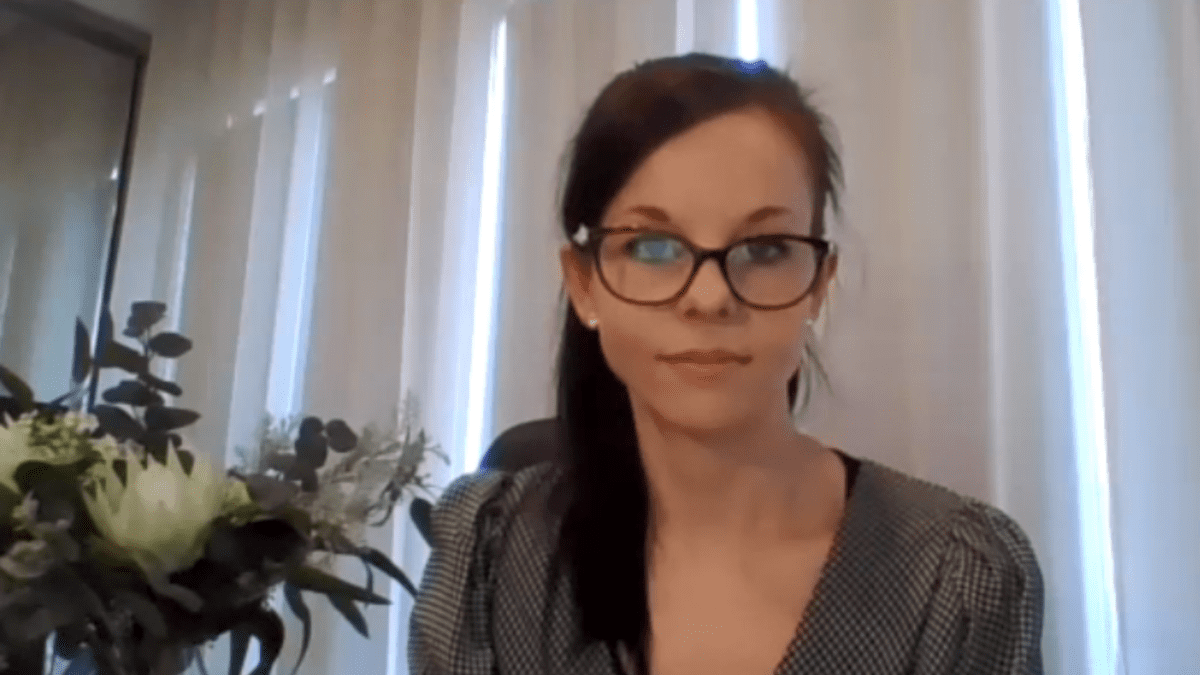Australia is less financially literate than its peers, with a bigger gender gap
More than a third of Australian adults are financially illiterate, and Australia has a “noticeably higher” gender gap between men’s and women’s financial literacy than its global peers, according to new research highlighting the need for a greater focus on education.
In Australia – one of the richest countries in the world – 36 per cent of adults lack financial literacy, compared with 34 per cent in Germany, 33 per cent in the UK and 29 per cent in Norway, AMP deputy chief economist Diana Mousina (pictured) said in a recent Econosights report, “The financial literacy gender problem in Australia.”
Financial literacy is strongly connected to financial outcomes and can have a big impact on retirement savings levels, with lower literacy leading to slower wealth accumulation, poorer investment decisions and lower superannuation savings, Mousina said.
Australia stacks up even worse against its peer economies when it comes to the gender gap for financial literacy: while women lag men globally, the 8 per cent gap between male and female literacy levels in Australia topped figures from Italy, Germany, the US, China and others (see chart).

By improving Australians’ financial literacy, “there’s a very big potential for people to retire with substantial balances and for the government to take pressure of the pension system in the future,” Mousina told The Inside Investor. “So we can improve our own retirement savings, but it does require starting from a young age and learning about making the right investment decisions.”
Playing with a squared ball
For Australians with low financial literacy, being highly financially literate would help create more than $8,000 (€5,000) a year in additional income, according to a July 27 paper from Allianz Research that looks at how different financial literacy levels affect average returns (see table).

Like AMP, Allianz places Australia below its peers on overall financial literacy and the literacy gender gap: it found just 17 per cent of Australians overall had high financial literacy.
The survey assessed respondents in seven developed economies and classified them as having low, average or high financial literacy. It found a “particularly pronounced” discrepancy in Australia between male and female literacy levels: 34 per cent of women and 16 per cent of men had low literacy, while 26 per cent of men and just 9 per cent of women had high literacy (see chart).

Allianz found Australia had the largest gender gap in financial confidence among its developed peers, with just 24 per cent of women reporting feeling somewhat or very confident about their financial situation, compared with 49 per cent of men.
“Many women play the financial game with a squared ball,” the report stated. “To draw a path for levelling the playing field for women in finance, we cannot ignore the structural inequalities that add another level of complexity to financial decisions: the pay gap and labour participation of women.”
A little literacy goes a long way
Lower female financial literacy levels have clear economic implications, making it harder for women to accumulate wealth and save for retirement, Mousina explained. The result in Australia is that average female super balances trail male balances at every age (see chart).

As of 2021, the average super balance for retirement-age women was 21 per cent below the average for men.
“Female superannuation balances start below males from a young age because females (on average) earn less than males,” Mousina wrote. They also take more time out of the workforce for child rearing, do more part-time work and tend to end up in lower-paying careers.
“So, women’s financial positions tend to start off behind men, and this issue gets worse through time due to the financial literacy problem.”
To address these gaps, Mousina said, governments, schools, financial institutions and parents will need to work together to improve financial literacy. A greater focus on dedicated, grassroots financial literacy education and on systems that encourage greater female engagement will be key; for instance, broader take-up of parental leave measures for both parents would help reduce the super gap.
“I don’t think it’s focussed on at all in school, which is really where it starts,” she told The Inside Investor, adding that curricula should include basic finances, things like budgeting and credit cards, beginning at younger grades in school.
And it may not take much to make a material change. The Allianz paper found that while the difference in returns earned by those with average and high financial literacy was only marginal – “the portfolios of these two investor types are already largely similar” – the difference was considerably larger between those with low and average financial literacy.
“This suggests that it is not necessary to become a proven financial expert to achieve good financial results; average financial knowledge is sufficient,” the report stated. “The decisive step is the one from financial illiteracy to basic knowledge and understanding.”
Improving Australians’ financial literacy “will lead to a longer-term improvement in living standards and in people’s wealth positions,” said Mousina, who recently began splitting duties with AMP chief economist Shane Oliver on a weekly podcast aimed at raising financial literacy by simplifying investment concepts.
“To me, the more important part of it is to solve some of that inequality aspect,” she said. “The one area where we really need to improve is around female financial literacy, and I think it’s quite an easy fix. We know what the issue is, and we need the right solutions. The problem is the different parts of the economy that can be involved in the solution and getting everyone to work together.”









